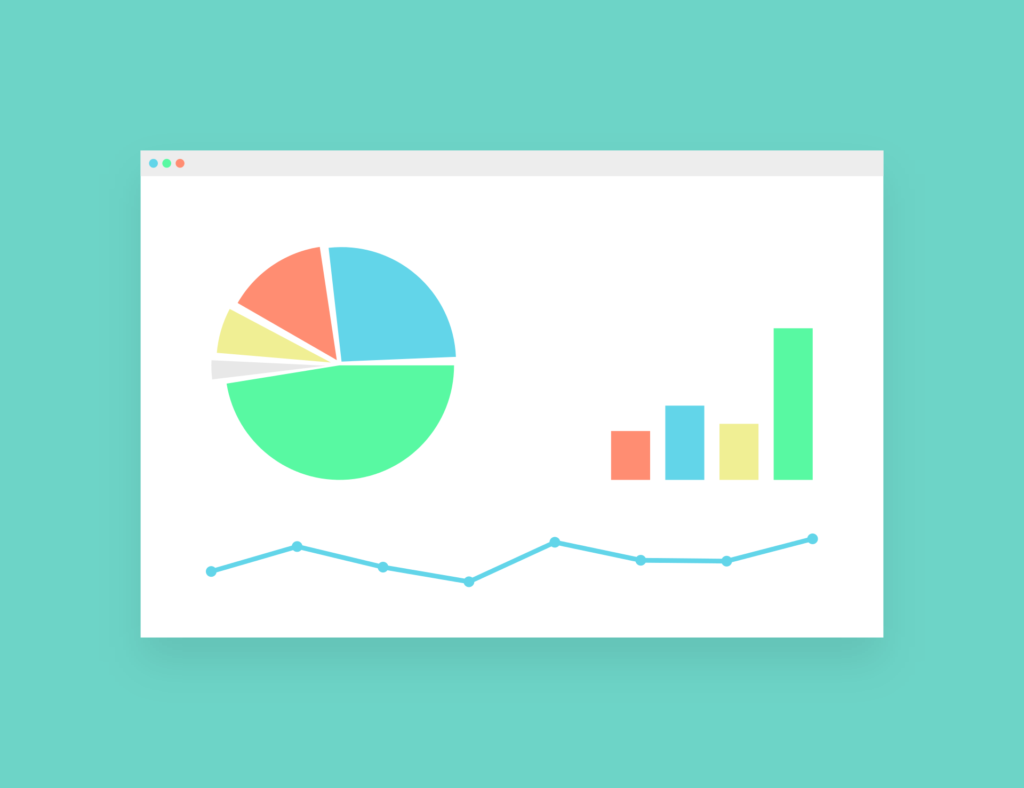Optimizing your website for search engines involves a number of different strategies. Here are some tips to help you get started:
- Keyword research: Identify the keywords that your target audience is searching for and create content that is optimized for those keywords.
- On-page optimization: Optimize your website’s content and structure to make it more search engine friendly. This includes optimizing your title tags, meta descriptions, and header tags.
- Link building: Get other websites to link back to your website. This can help to increase your website’s visibility and improve your search engine rankings.
- Content creation: Create high-quality content that is relevant to your target audience. This can help to establish you as an authority in your industry and improve your search engine rankings.
- Mobile optimization: Make sure that your website is optimized for mobile devices. This is important because more and more people are using their mobile devices to search the web.
- Page speed optimization: Make sure that your website loads quickly. This is important because slow-loading websites can negatively impact your search engine rankings.
- Social media optimization: Optimize your social media profiles and content to make it more search engine friendly.
On-page optimization
On-page optimization refers to the process of optimizing individual web pages in order to rank higher and earn more relevant traffic in search engines. This includes optimizing the content and HTML source code of a page.
Here are some of the key elements of on-page optimization:
- Title tags: The title tag is an HTML element that specifies the title of a web page. It is displayed in the search engine results pages (SERPs) as the clickable headline for a given result.
- Meta descriptions: The meta description is an HTML element that provides a brief summary of a web page. It is displayed in the SERPs underneath the title tag.
- Header tags: Header tags (H1, H2, H3, etc.) are HTML elements that are used to structure content on a web page. They help search engines to understand the hierarchy and importance of different sections of content.
- Keyword optimization: This involves optimizing your content for specific keywords that your target audience is searching for.
- Image optimization: This involves optimizing your images by using descriptive file names and alt tags.
- Internal linking: This involves linking to other pages on your website from within your content.
- Schema markup: This involves adding structured data to your website’s HTML in order to help search engines better understand your content.
Keyword Optimisation
Keyword optimization involves optimizing your website’s content for specific keywords that your target audience is searching for. Here are some tips to help you optimize your content for keywords:
- Identify your target keywords: Use keyword research tools to identify the keywords that your target audience is searching for.
- Use your target keywords in your content: Use your target keywords in your content in a natural and organic way. Avoid keyword stuffing, which can negatively impact your search engine rankings.
- Optimize your title tags and meta descriptions: Use your target keywords in your title tags and meta descriptions to help improve your search engine rankings.
- Use header tags: Use header tags (H1, H2, H3, etc.) to structure your content and include your target keywords in them.
- Optimize your images: Use descriptive file names and alt tags for your images that include your target keywords.
- Create high-quality content: Create high-quality content that is relevant to your target audience and includes your target keywords in a natural and organic way.
Remember that keyword optimization is just one part of a comprehensive SEO strategy. It’s important to focus on creating high-quality content that is relevant to your target audience and optimized for search engines.
Header Tags
Header tags (H1, H2, H3, etc.) are HTML elements that are used to structure content on a web page. They help search engines to understand the hierarchy and importance of different sections of content.
Here are some tips for using header tags:
Use H1 tags for your main heading: Use an H1 tag for your main heading. This should be the title of your page or post.
Use H2 tags for subheadings: Use H2 tags for subheadings that are related to your main heading.
Use H3 tags for sub-subheadings: Use H3 tags for sub-subheadings that are related to your H2 subheadings.
Include your target keywords in your header tags: Include your target keywords in your header tags in a natural and organic way.
Remember that header tags are just one part of a comprehensive SEO strategy. It’s important to focus on creating high-quality content that is relevant to your target audience and optimized for search engines.
Link Building
Link building is the process of getting other websites to link back to your website. This can help to increase your website’s visibility and improve your search engine rankings.
Here are some tips for link building:
- Create high-quality content: Create high-quality content that is relevant to your target audience. This can help to attract links from other websites.
- Guest blogging: Write guest blog posts for other websites in your industry. This can help to establish you as an authority in your industry and earn links back to your website.
- Broken link building: Find broken links on other websites and offer to replace them with links to your website.
- Social media: Share your content on social media platforms to increase its visibility and attract links.
- Directory submissions: Submit your website to relevant directories to earn links back to your website.
Remember that link building is just one part of a comprehensive SEO strategy. It’s important to focus on creating high-quality content that is relevant to your target audience and optimized for search engines.

